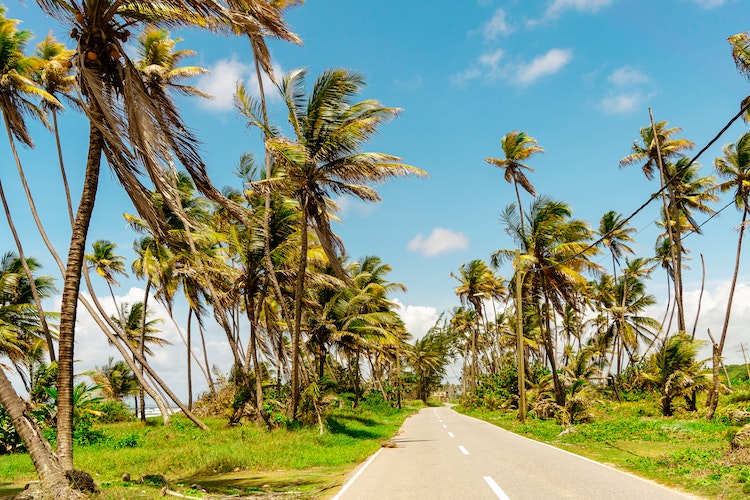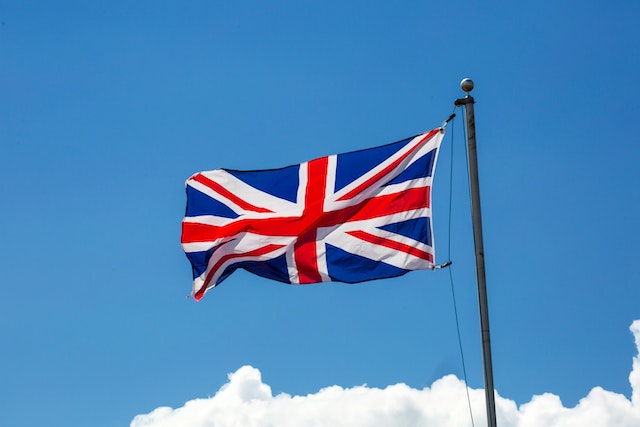Newcomer’s Guide to Trinidad and Tobago

Finding yourself in a new place is never easy. Whether you are just visiting for a while or have decided to move somewhere permanently, it’s not uncommon to feel a little lost. Naturally, people want to know a bit more about a place before visiting it. So today, we will be your guide to Trinidad and Tobago in case you ever decide to travel or move there. We will teach you some general information about this country and add some fun facts.
General information about Trinidad and Tobago
The Republic of Trinidad and Tobago is an island country in the Caribbean Islands. The country consists of two main islands, Trinidad and Tobago. Trinidad is the bigger island of the two and covers an area of 4,768 km2(1,841 sq mi), and Tobago with an area of 300 km2 (120 sq mi). The capital is the Port of Spain. According to the report from 2011, Trinidad has a population of 1,267,145, and Tobago has a population of 60,874.
Regarding demographics, almost 90% of the population in Tobago is of African descent, while the situation in Trinidad is more diverse. In Trinidad, there is a mix of people of Indian and African descent. The official language is English, but people mostly speak Trinidadian Creole or Tobagonian Creole. These languages are a portrait of the incredibly diverse heritage of the country, and they contain elements of Indigenous, European, and African cultures.


A historical guide to Trinidad and Tobago
There are a few distinct periods in the history of Trinidad and Tobago. It is believed that the first settlers appeared on the islands of Trinidad and Tobago as early as 4000 BCE. There was a Spanish period after Christopher Columbus visited the islands on his third voyage on July 31, 1498, and he also gave the name Trinidad. An interesting fact is that he never landed on Tobago; he only saw it from afar. In 1532 Spain colonized Trinidad and appointed a governor to rule it. Then in 1781 French captured Tobago and turned it into a sugar-producing colony.
In 1797 came the British period, when both France and Spain ceded Trinidad and Tobago to the British government. During British rule, slavery was abolished in 1833, and Trinidad and Tobago became self-governing. Trinidad and Tobago became independent from the British Empire in 1962. What followed were years of political and economic unrest. In 1976 Trinidad and Tobago became a republic. The current President is Paula-Mae Weekes, and the acting prime minister is Keith Rowley.
Housing, visas, and work
Now it’s time for some information for anyone who is planning to visit or to move to this wonderful place permanently. The relocation experts from State to State Move suggest you start planning your move in advance since you might need to book a shipping container to transfer your belongings. Next, let’s talk about housing. You can choose to buy property in Trinidad and Tobago, or you can choose to rent. You must register with the Rent Assessment Board if you choose to rent. Registering gives you several benefits, and most importantly, you will be legally protected, and the board will be there to solve any issues between you and your landlord. But remember, before any of that, you will have to send an application for residential status to the Ministry of National Security (MNS).
You can apply for a residential status if you are a spouse of a resident or if you have been living in Trinidad and Tobago on a work visa for five or more years. When it comes to obtaining visas, you have multiple choices. It depends on what you are going to do in Trinidad and Tobago. The visa options include:
- Business visa
- Missionary visa
- Tourist, visitor, and transit visas
- Work visa
- Investor visa
- Student visa
If you are interested in finding a job, the primary industries in Trinidad and Tobago are oil and tourism. However, if you are interested in working, you must have your employment information when applying for a work visa. Therefore, it’s best if you contact employers in advance so that you can prepare your paperwork in time.


The culture
It’s safe to say that Trinidad and Tobago are among the most unique places in the world. One of the things that makes it so is that these islands are a beautiful melting pot of diverse cultural influences. There is a mixture of Indian, African, Portuguese, Spanish, Chinese, and other cultures. All of these cultures have influenced Trinidad and Tobago over the years. For example, the Carnival that’s organized every year has roots in French masquerades from the 18th century. Today, it represents one of the main cultural events in Trinidad and Tobago that showcases its people’s bright and colorful spirit. Then you can see Indian influence through festivals like Divali, Phagwah/Holi, and Shivratri. Different cultural influences are also seen in local music.
You can feel the island’s spirit through music styles such as calypso music, soca, and steelpan. Calypso is probably the most famous and has African roots. That style of music had a big influence on other music genres, specifically reggae. The cuisine is also a wonderful mix of cultures. There are some Indian dishes such as aloo choka, channa, and curry chicken; then there is chow mein, saheena, pholourie, and barbecued pigtail.


Making yourself at home
Once you have found a place to stay, you’ll probably want to explore your surroundings a bit. However, it would be best if you didn’t neglect to unpack after a long-distance move, but you can do it step by step to give yourself time to recover. Some moving companies also offer unpacking services, so you can ask them for assistance if you want to settle in faster. Once everything in your home is set up, you can get to know your neighbors by attending local events. Trinidad and Tobago is a very tourist-oriented destination, so there is something interesting happening year-round.
In conclusion
We hope you enjoyed our guide to Trinidad and Tobago for beginners. Even though local history was turbulent, it resulted in a beautiful mixture of cultures and influences. However, the best way to get to know Trinidad and Tobago is to see the islands yourself. Therefore, we recommend you book a short trip to the islands. Visit the colorful festivals, try the delicious food, and feel the energy of this incredible place. If you like it (and you probably will), then maybe you should start planning that long-distance move to become a permanent resident.
ALL IMAGES: pexels





